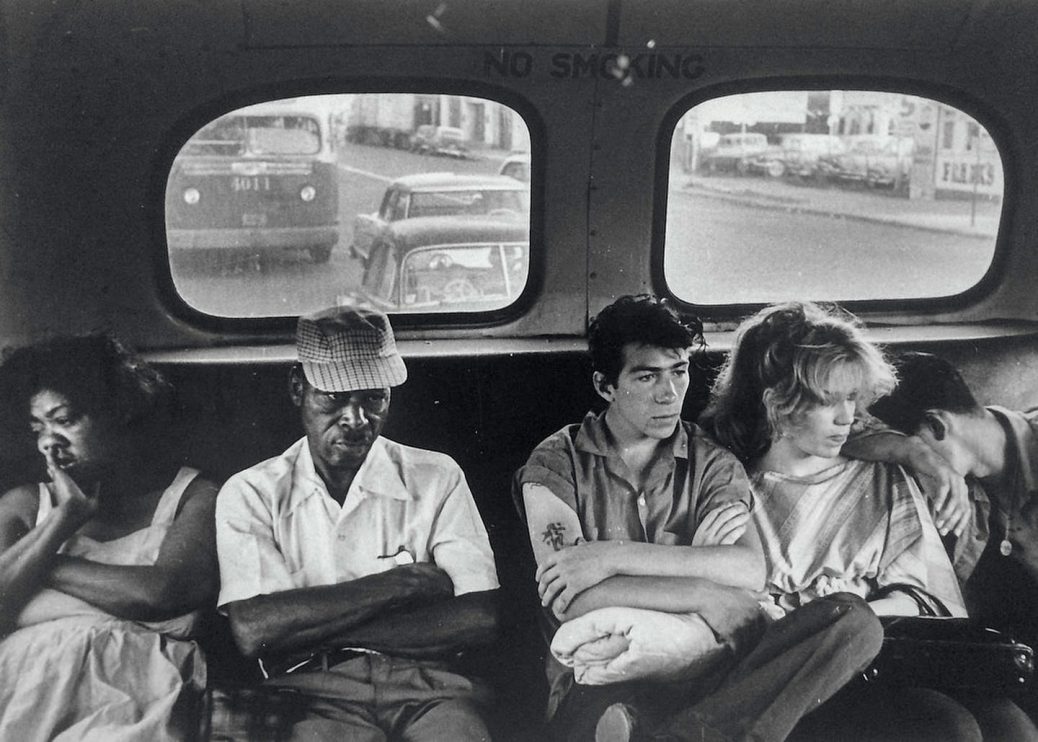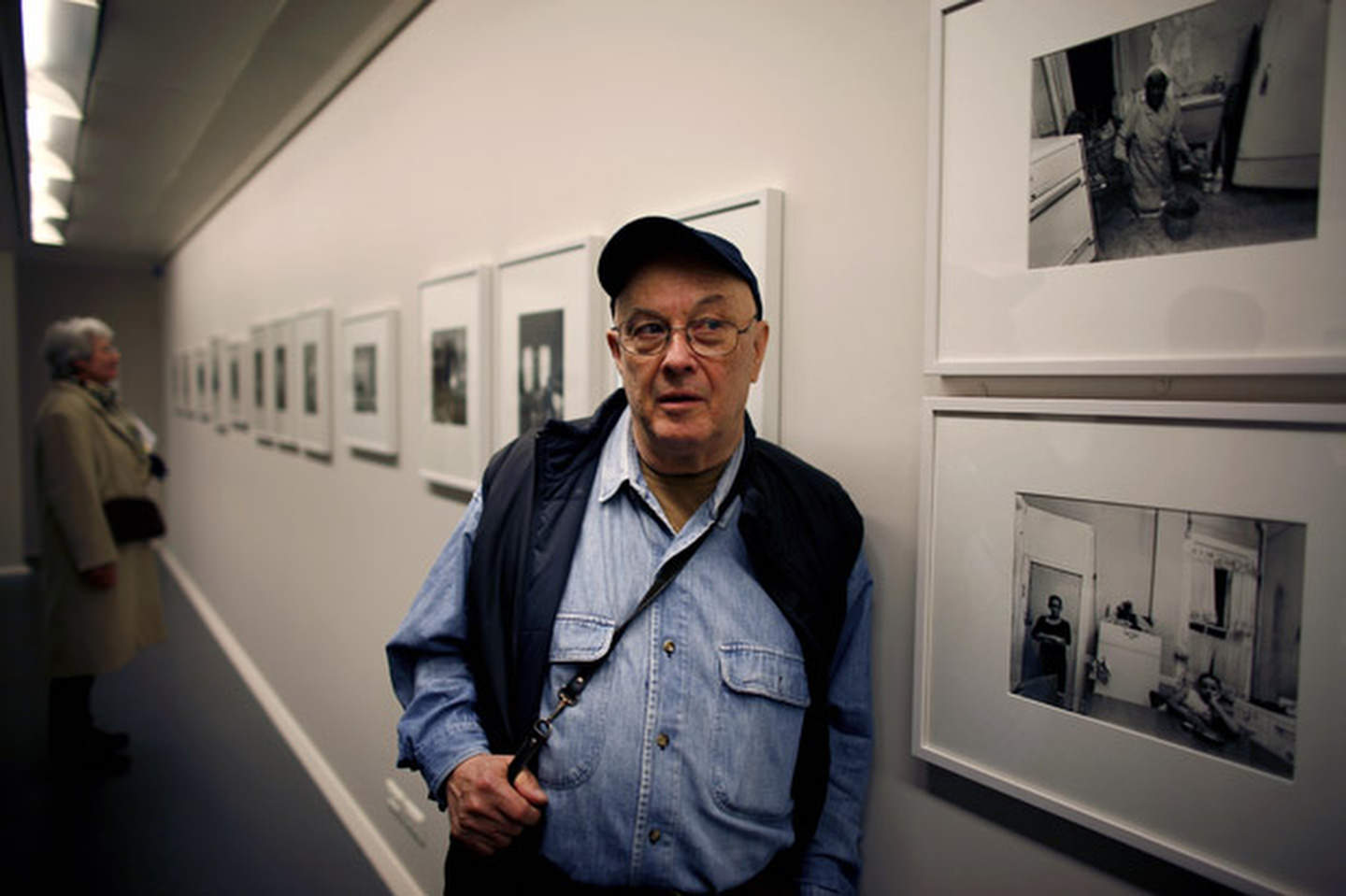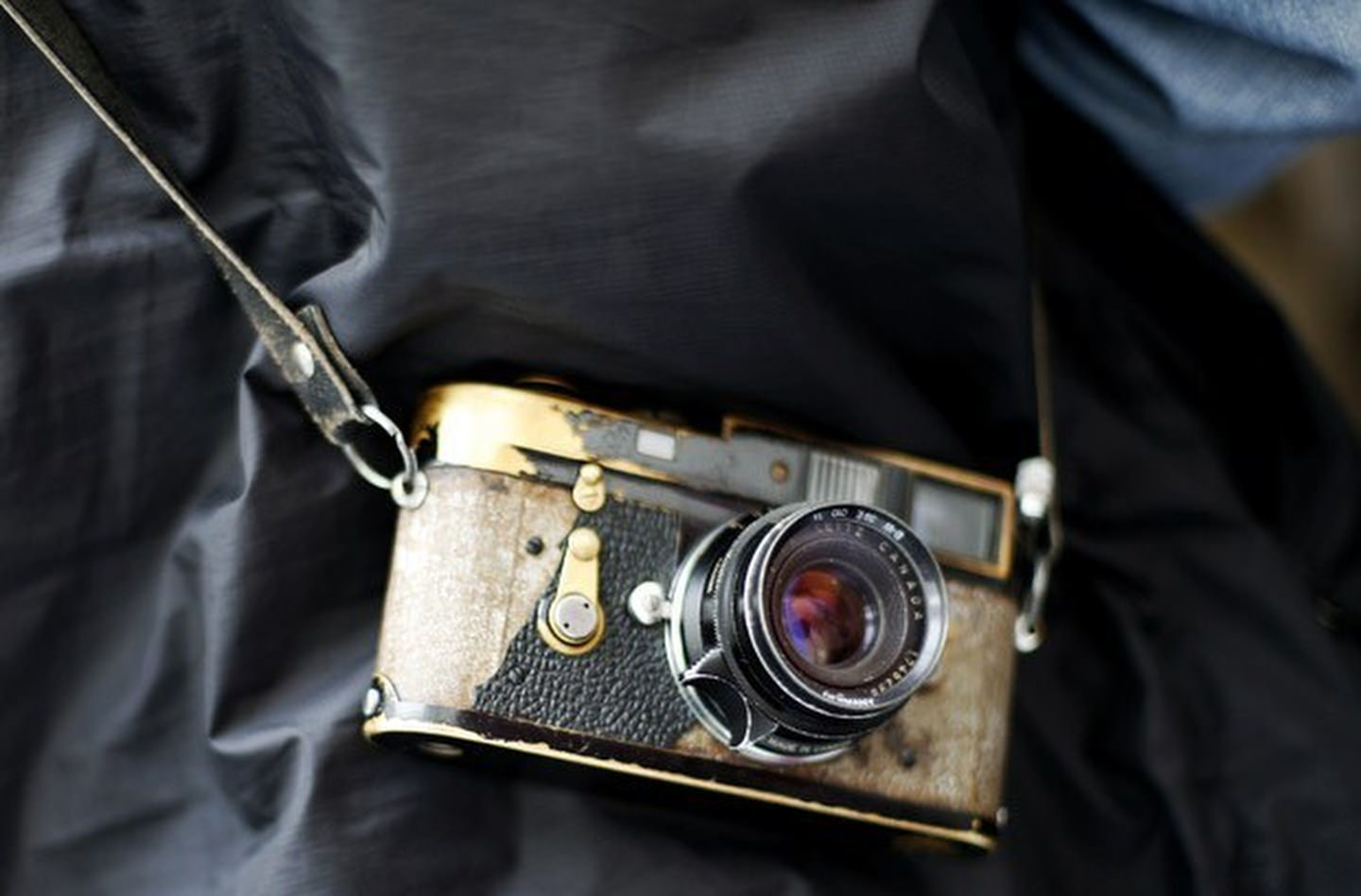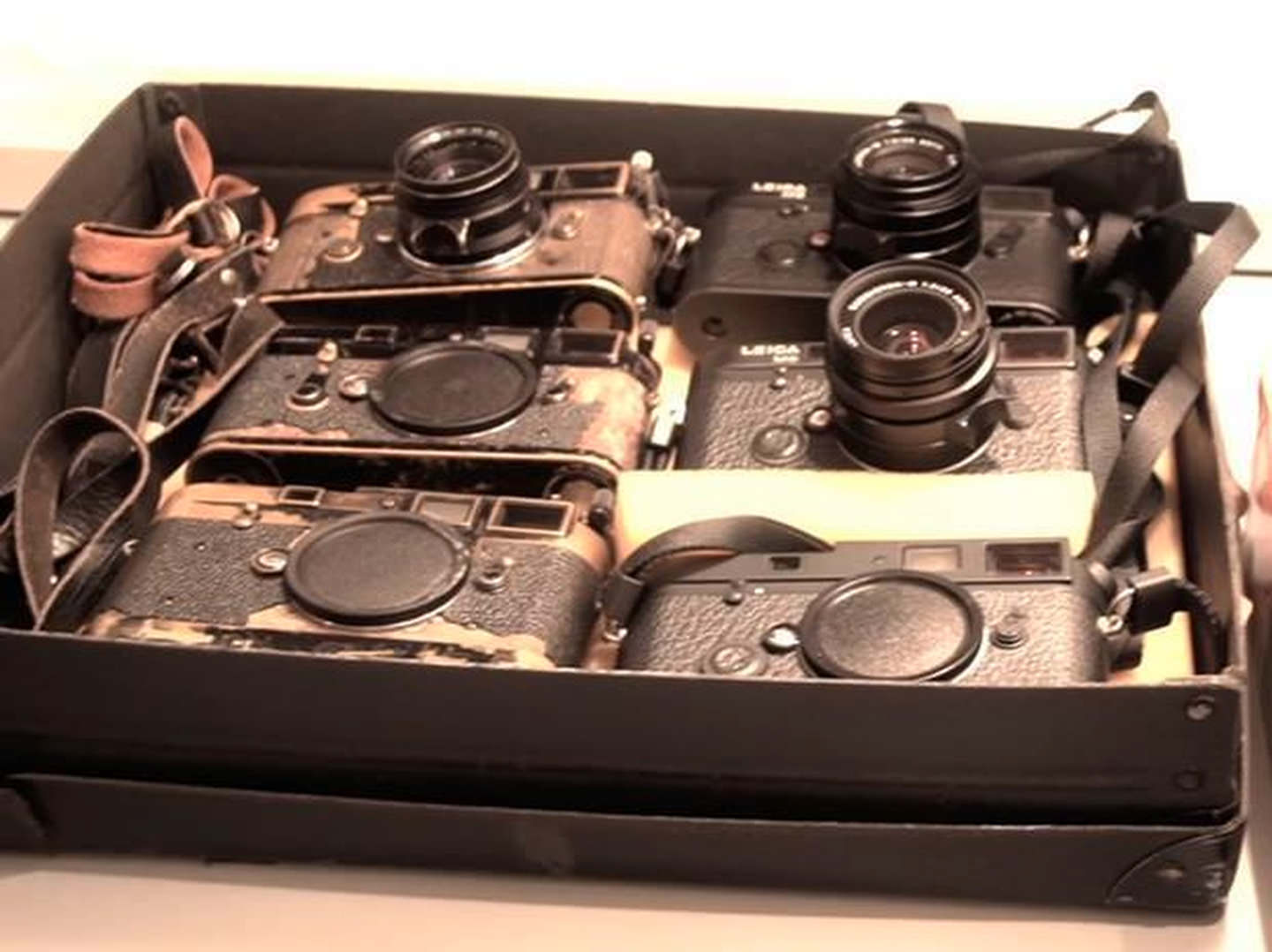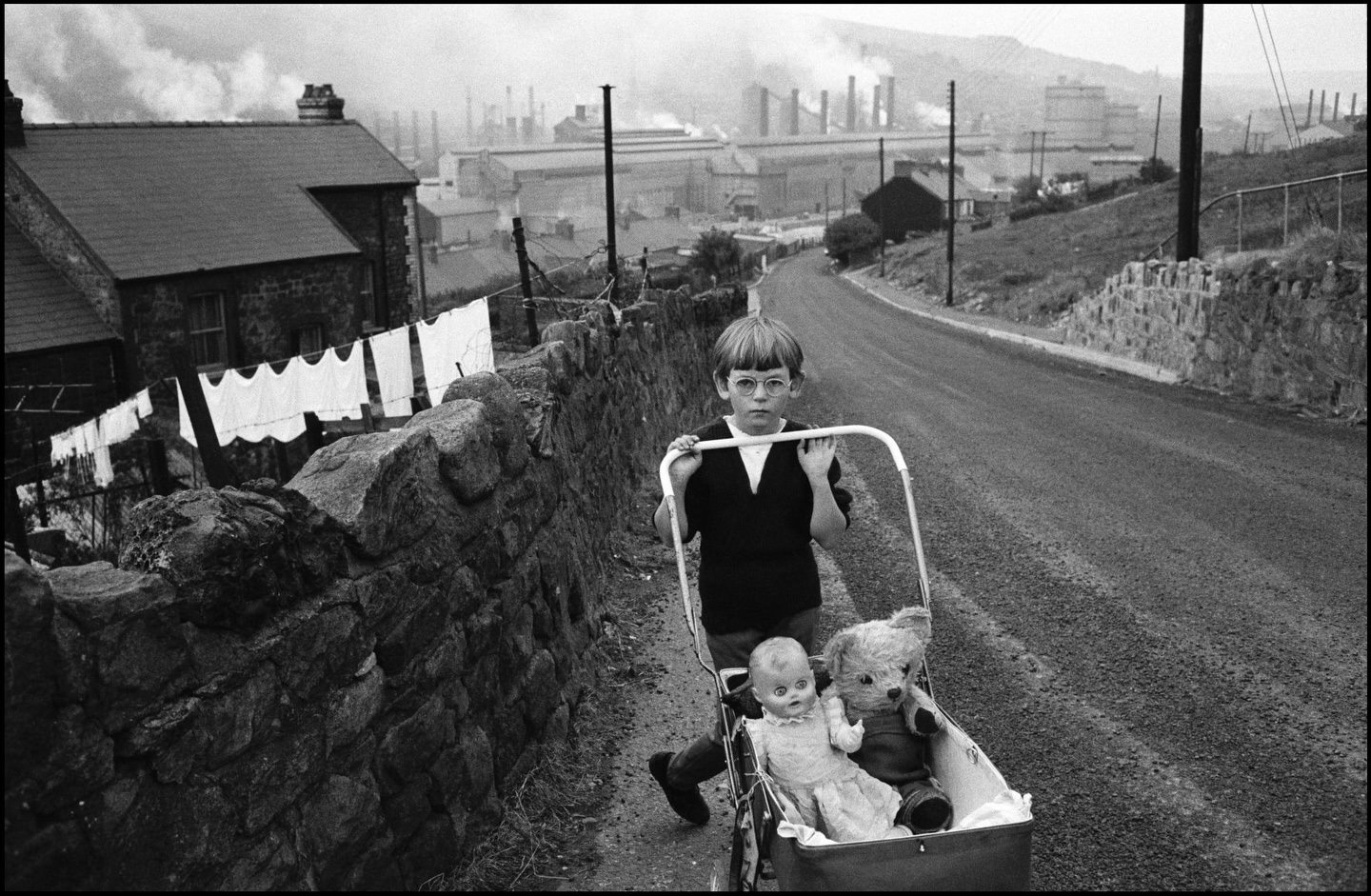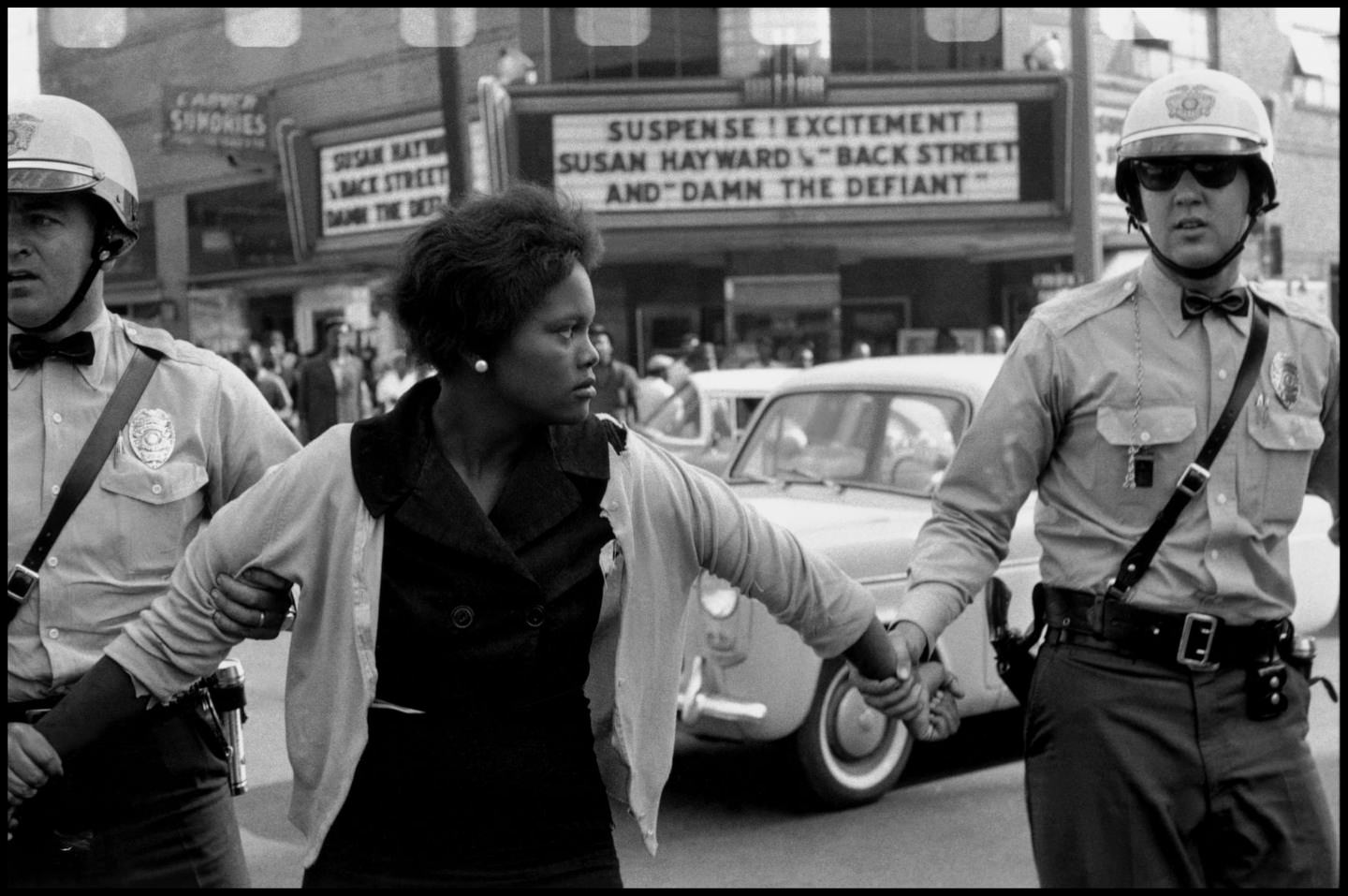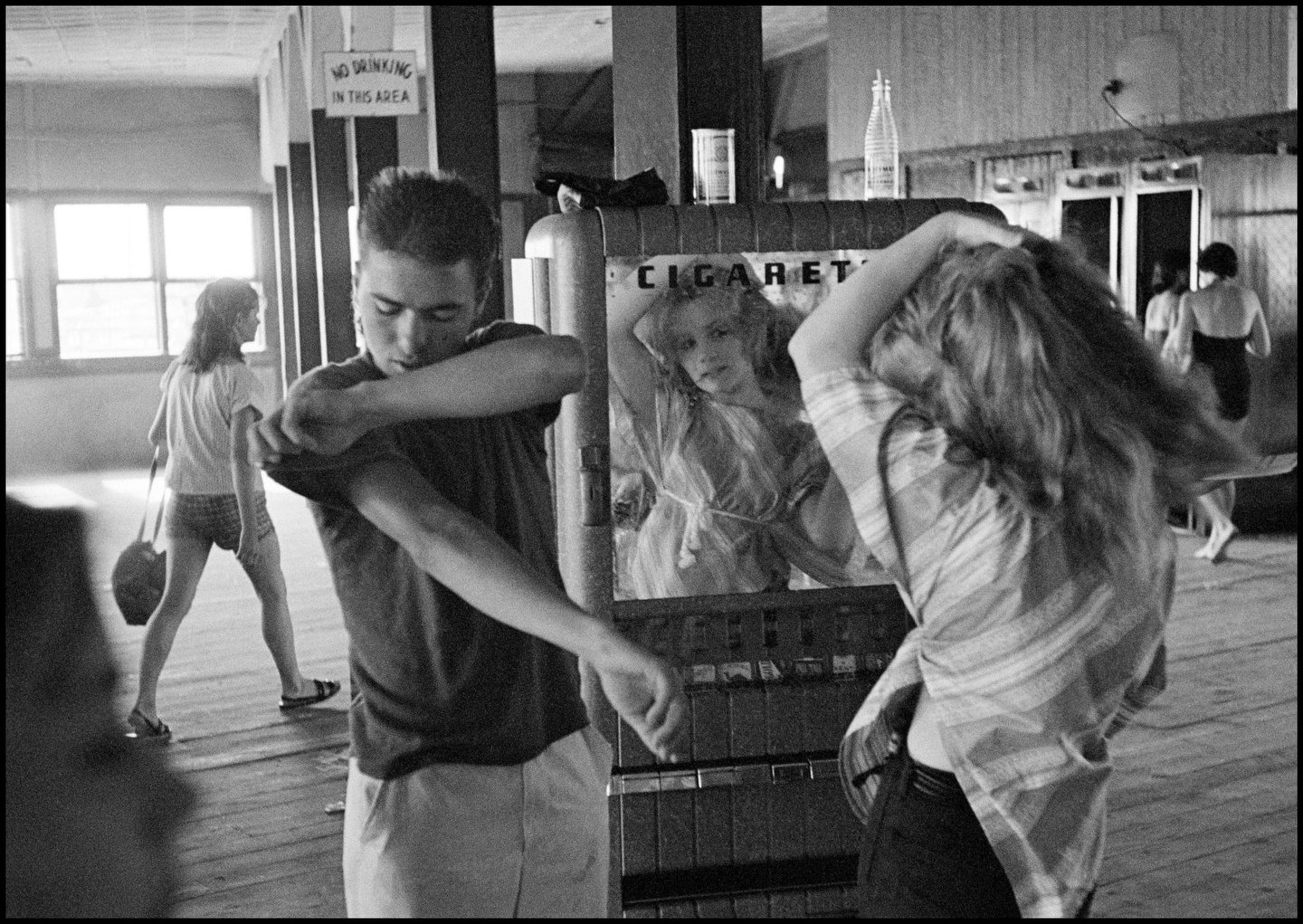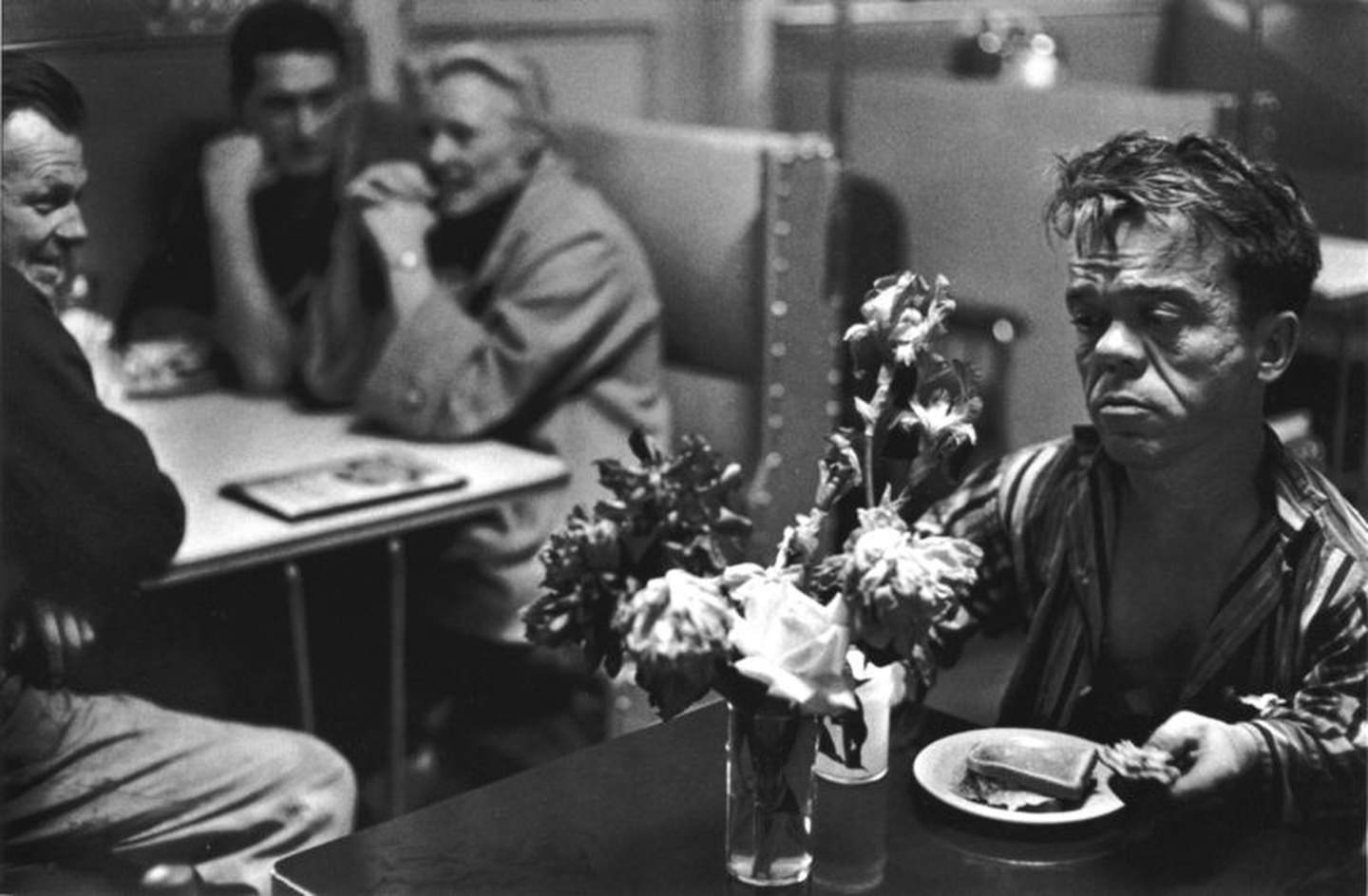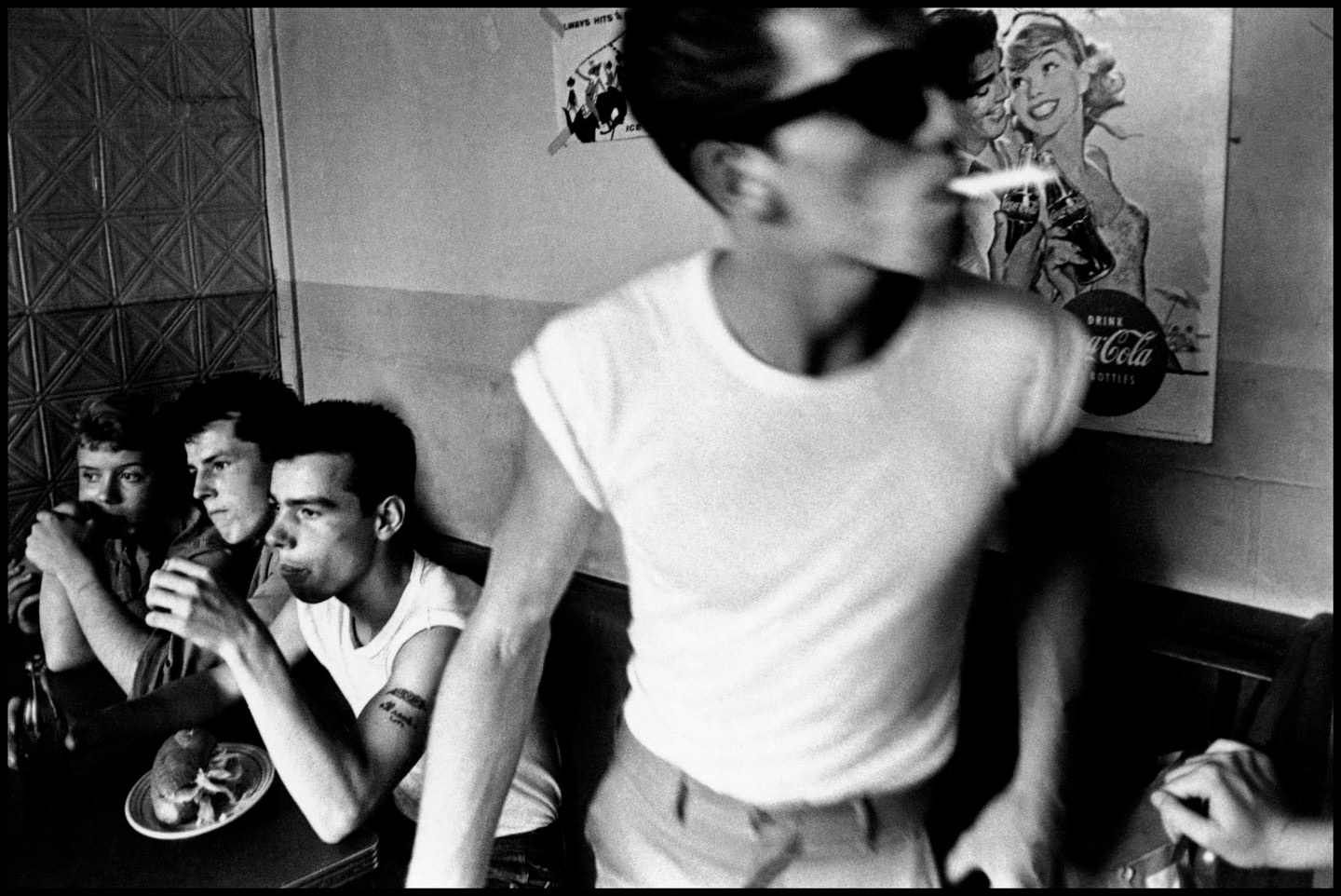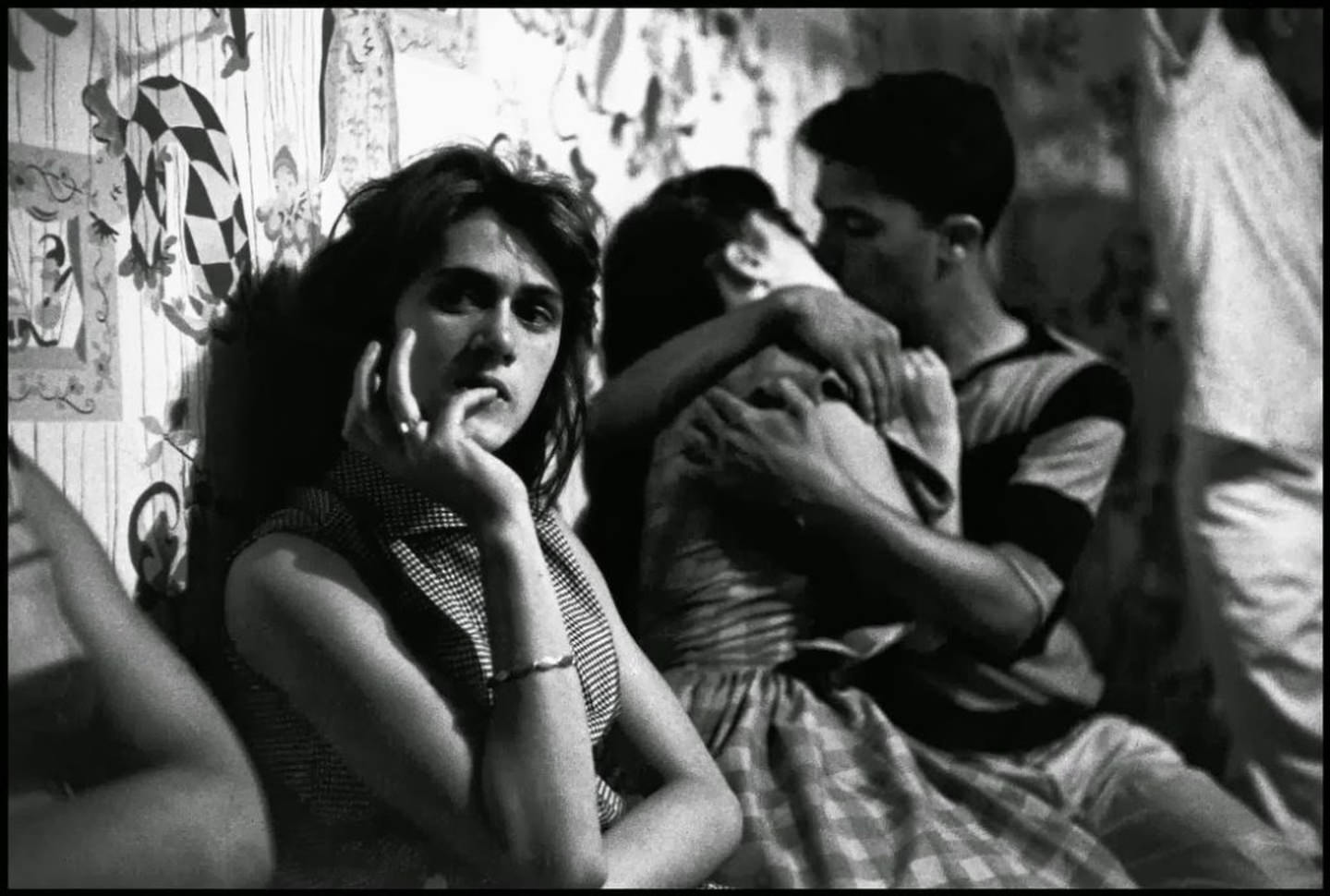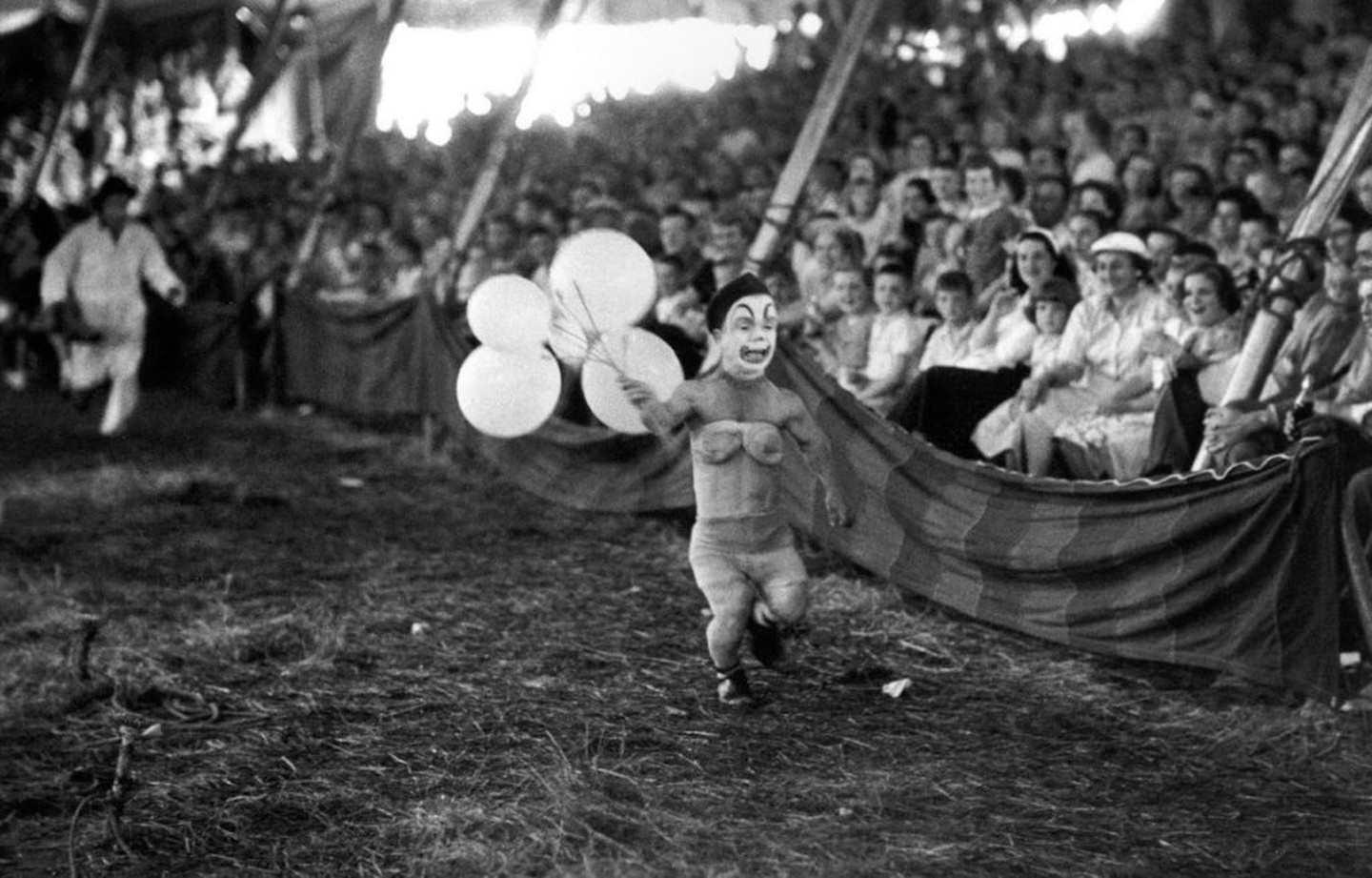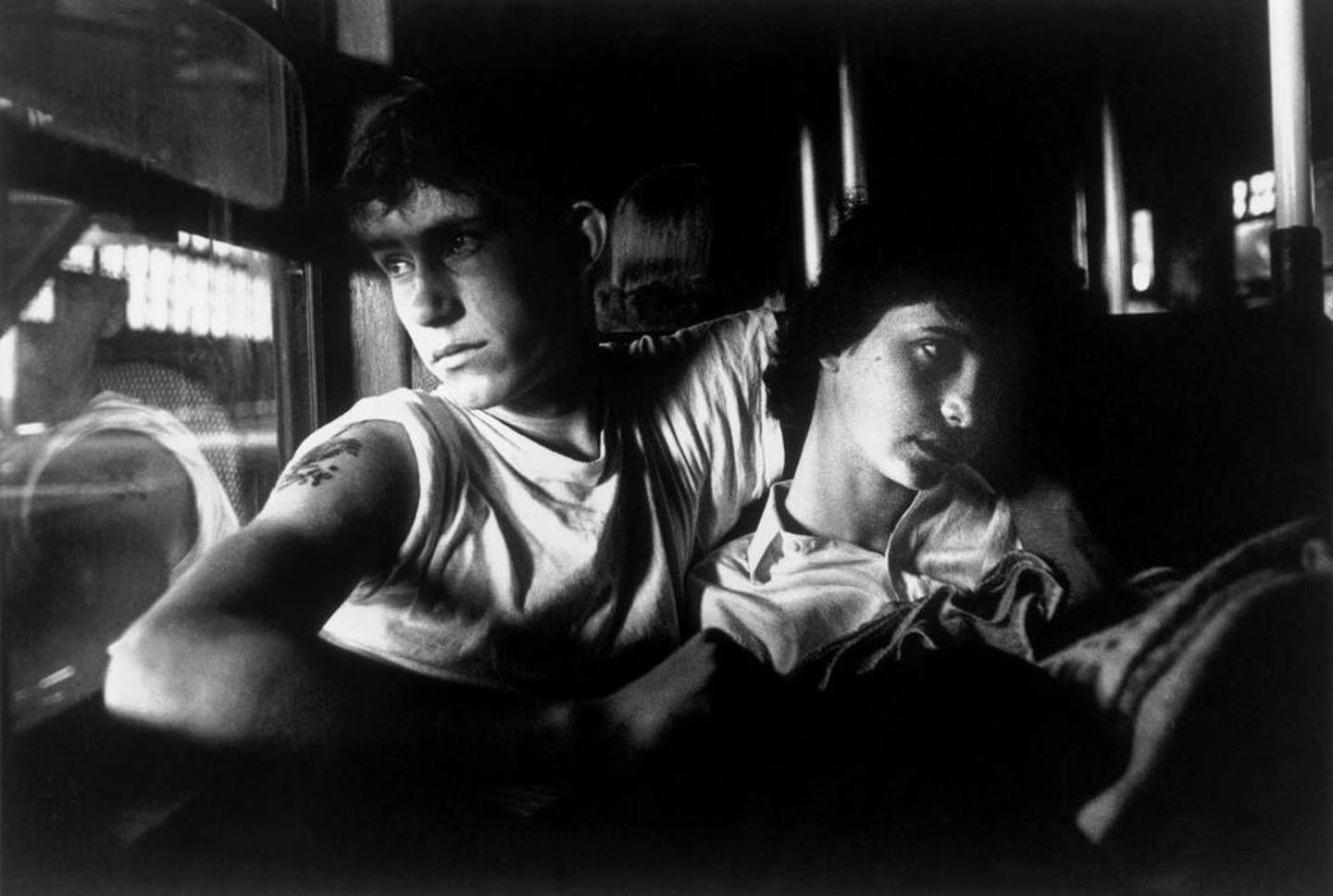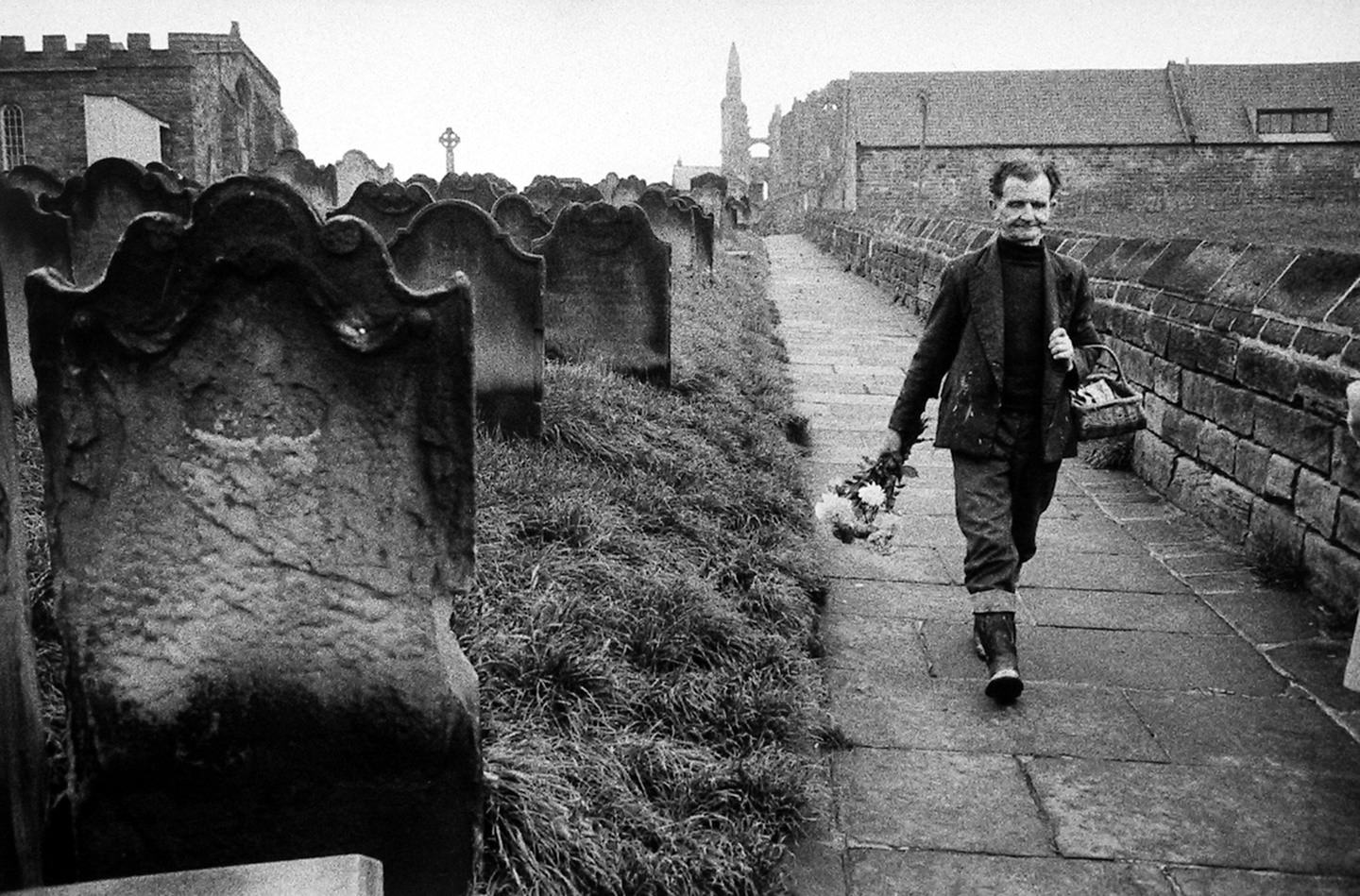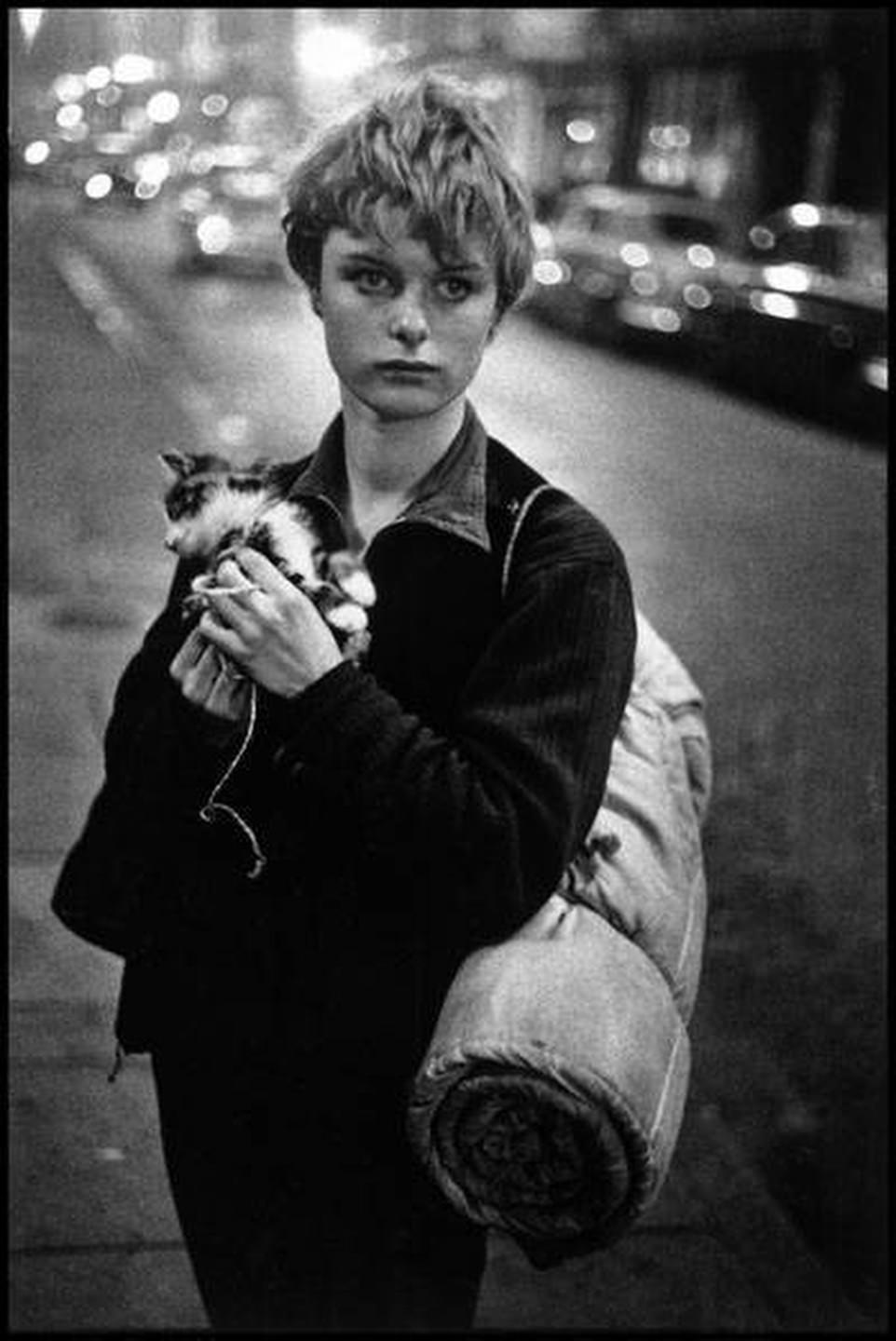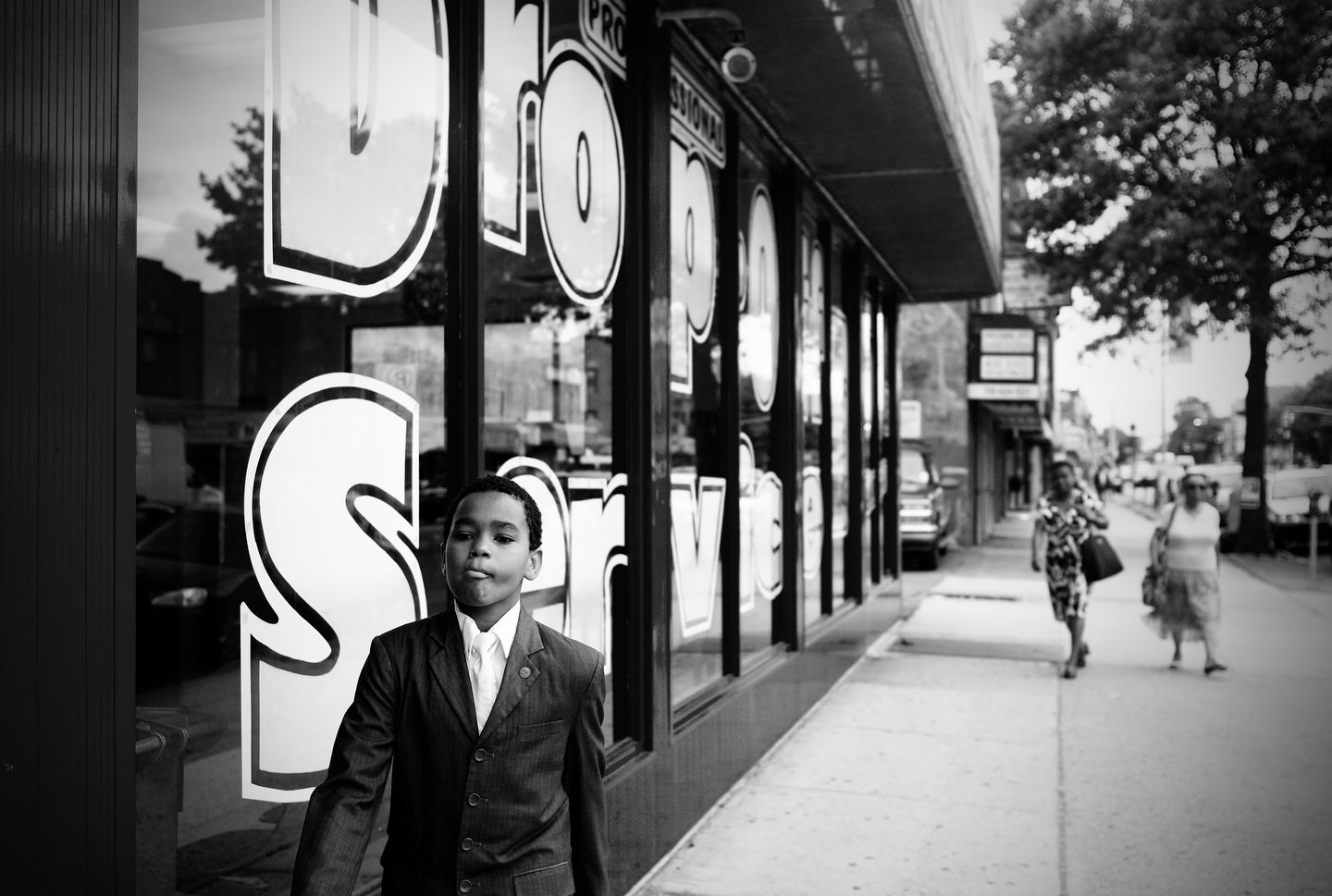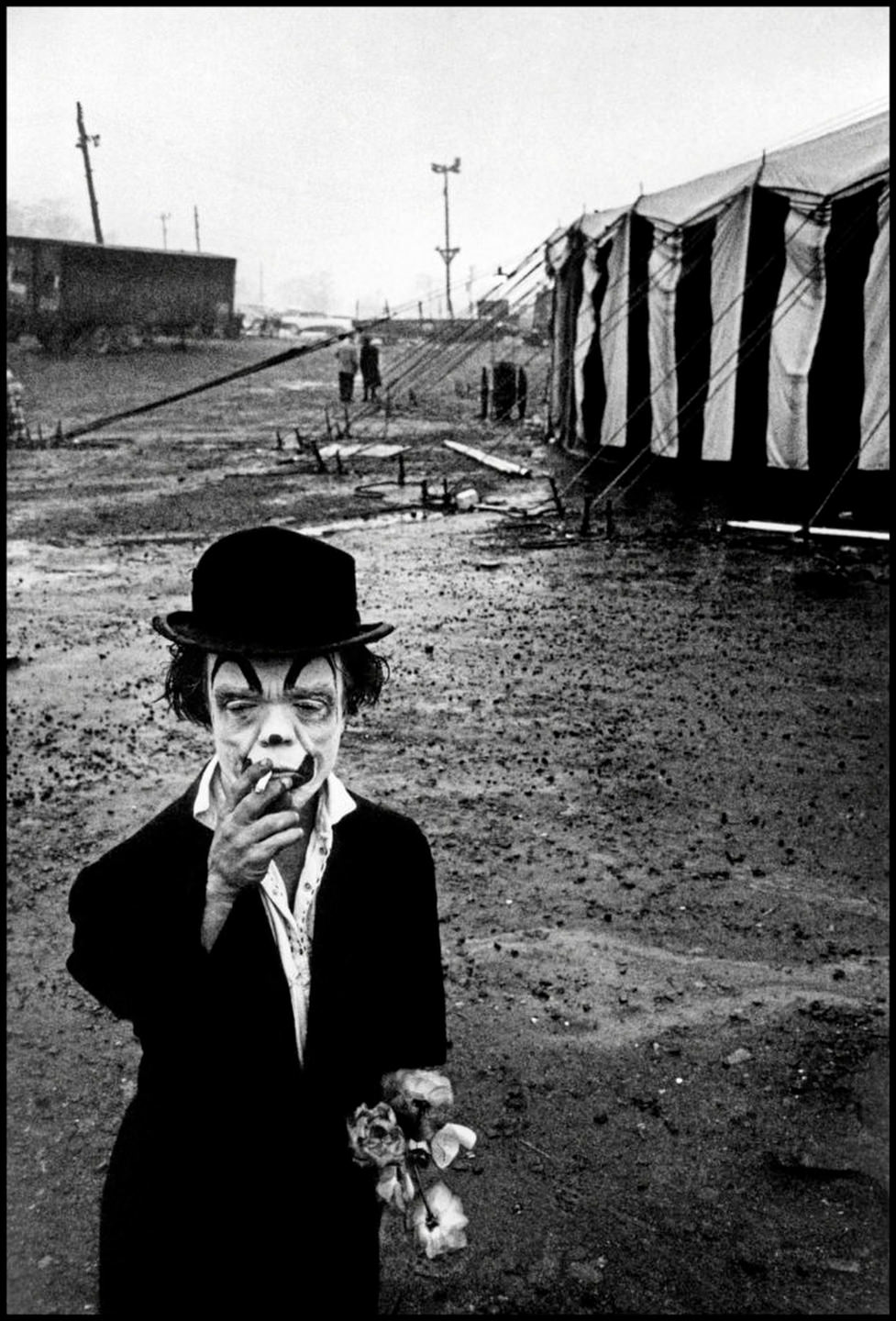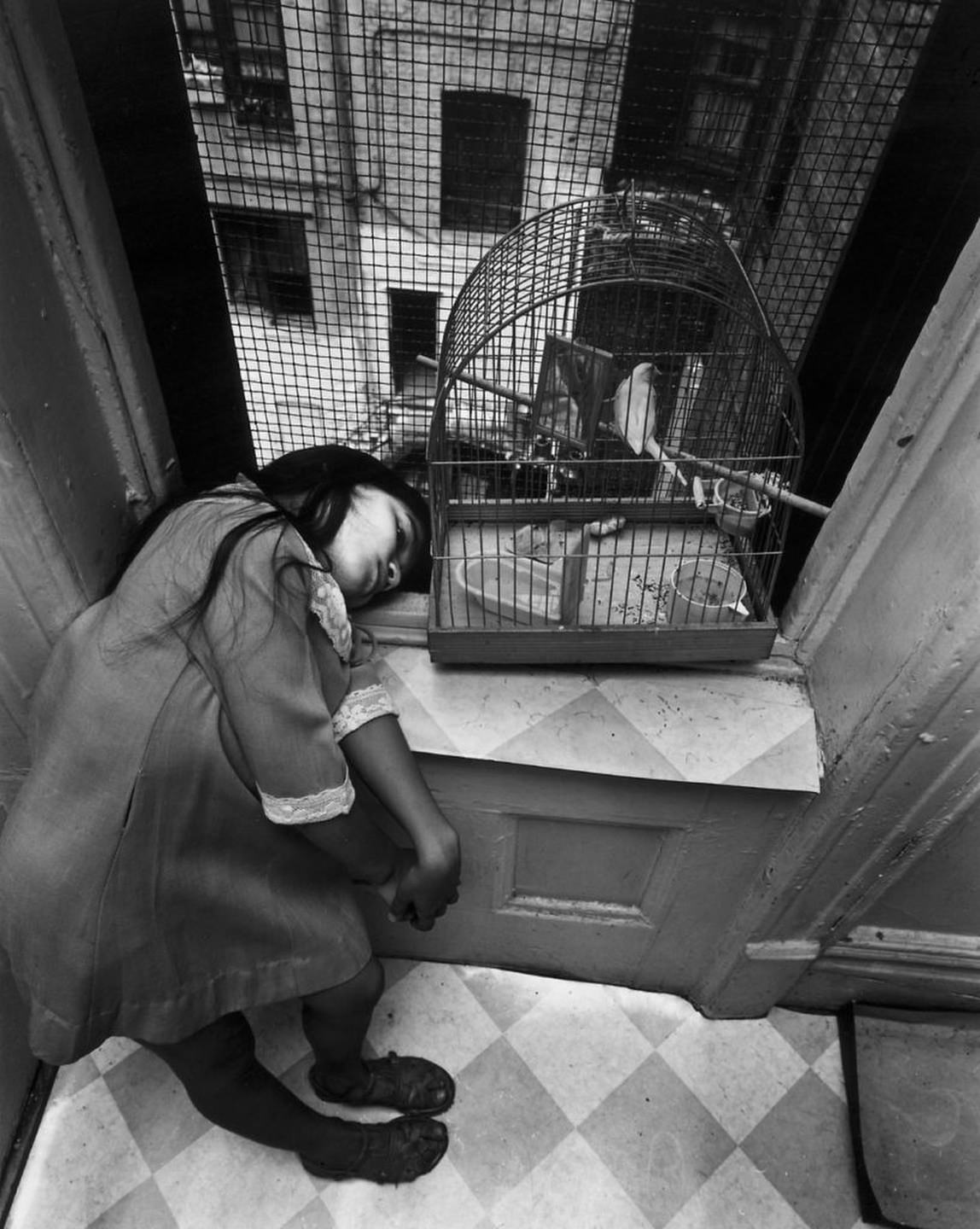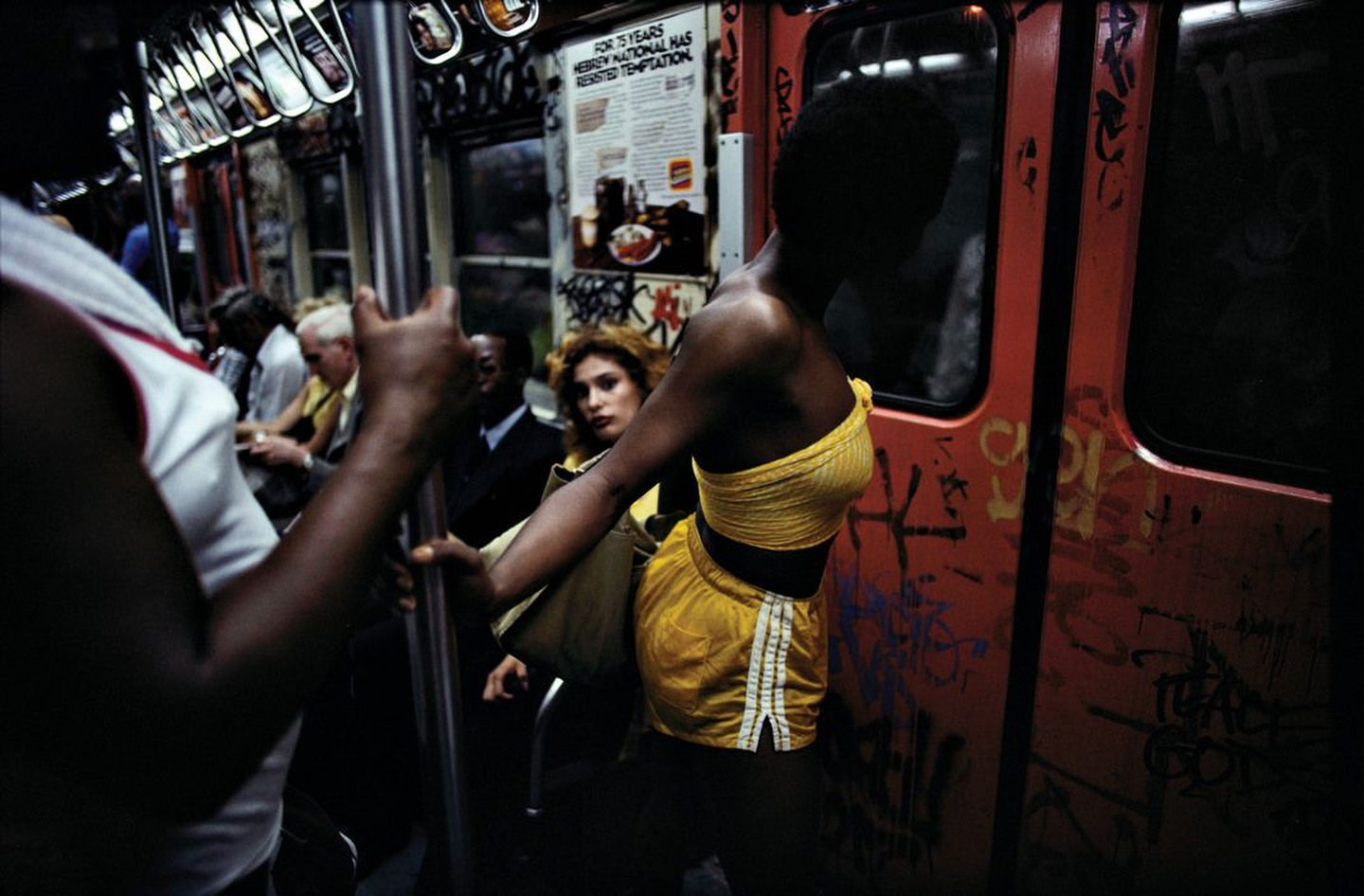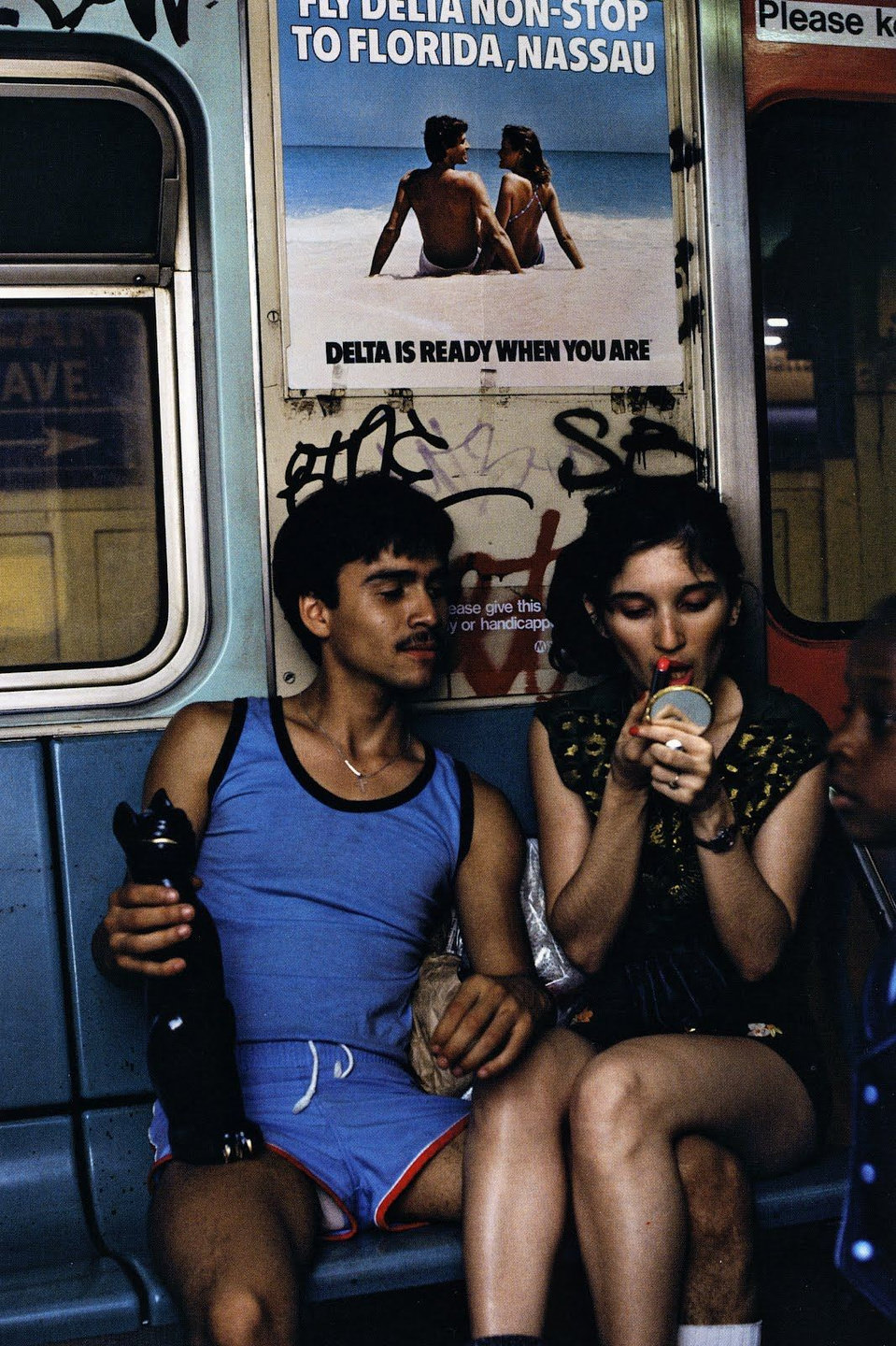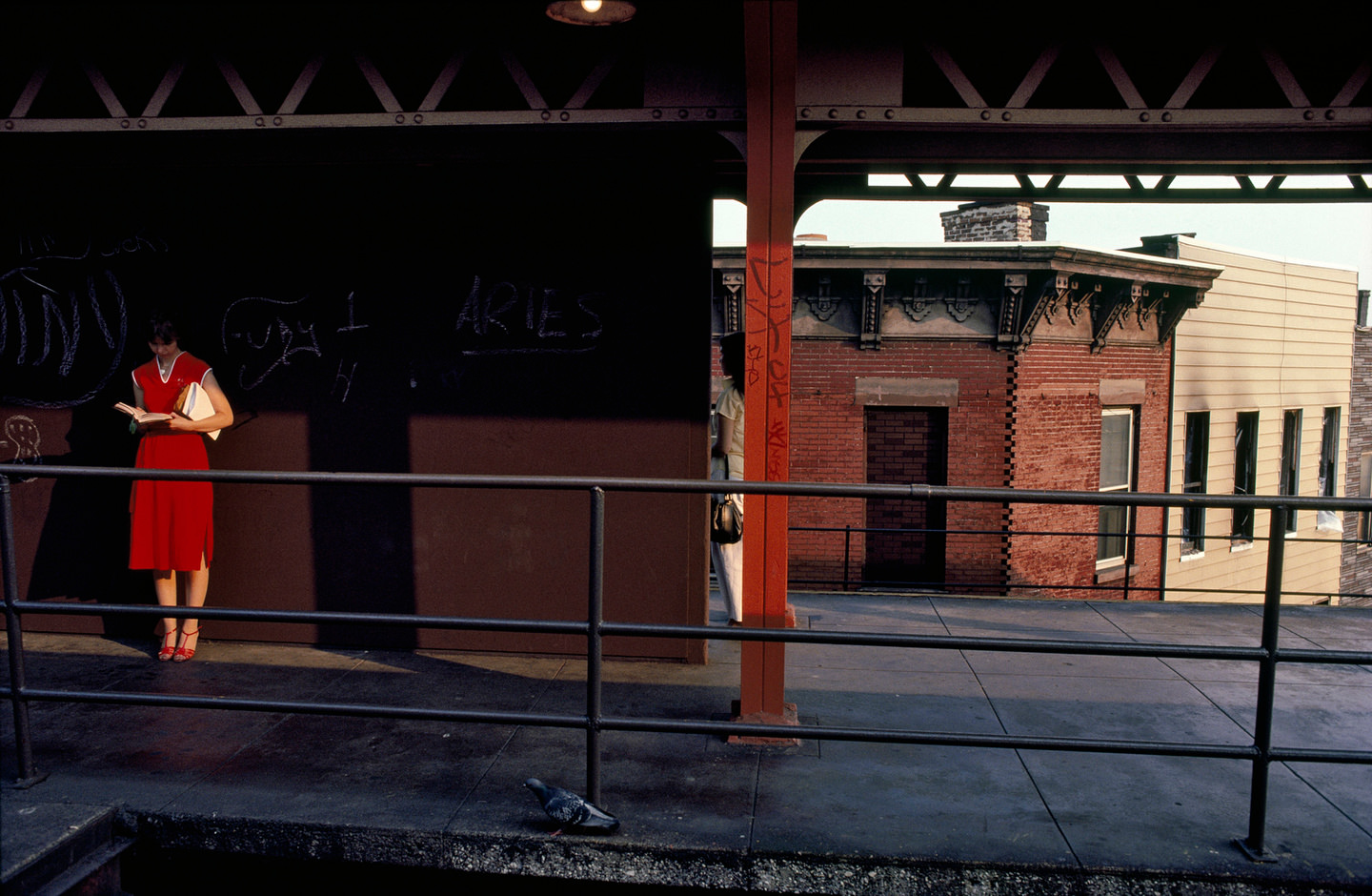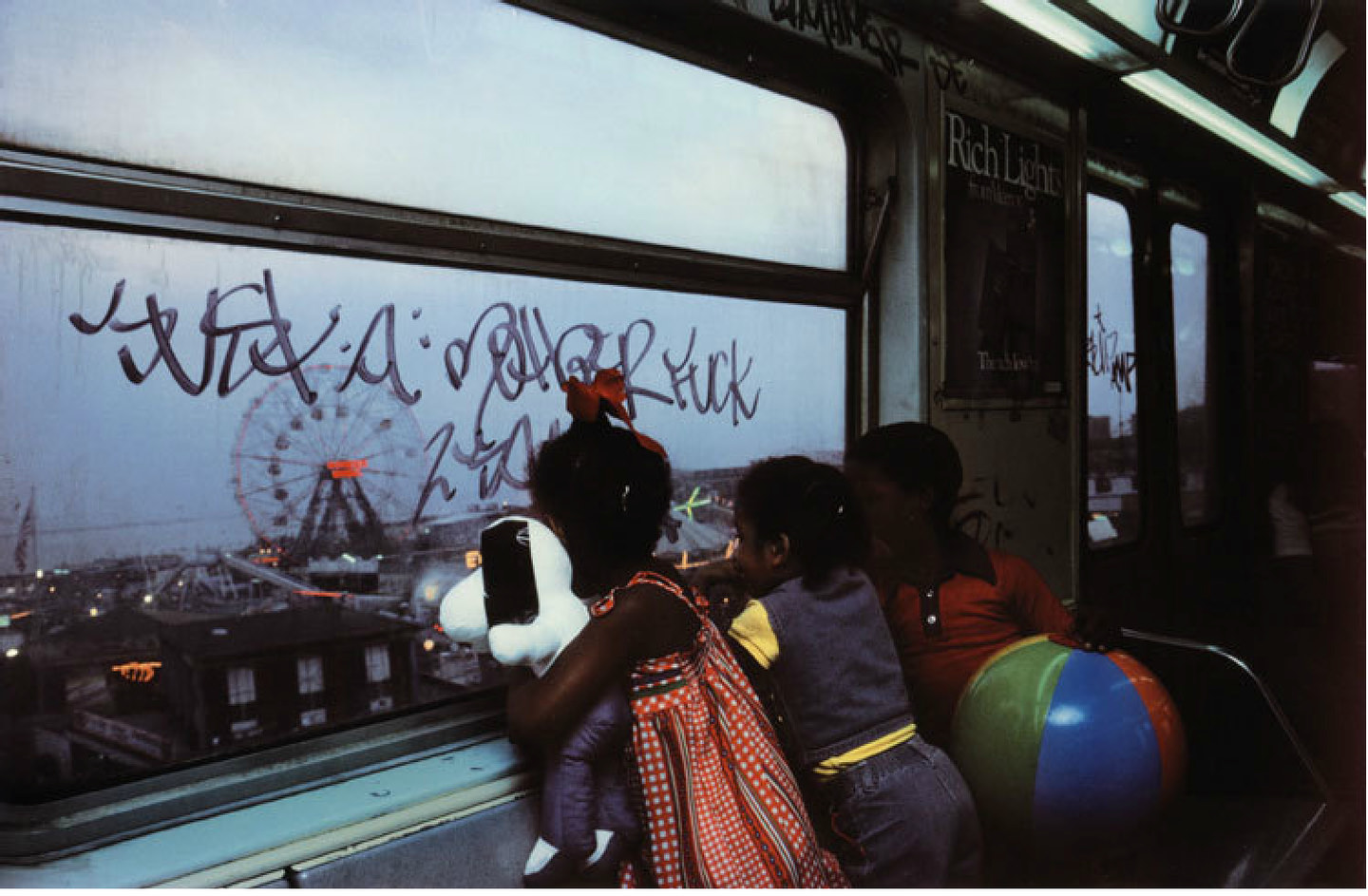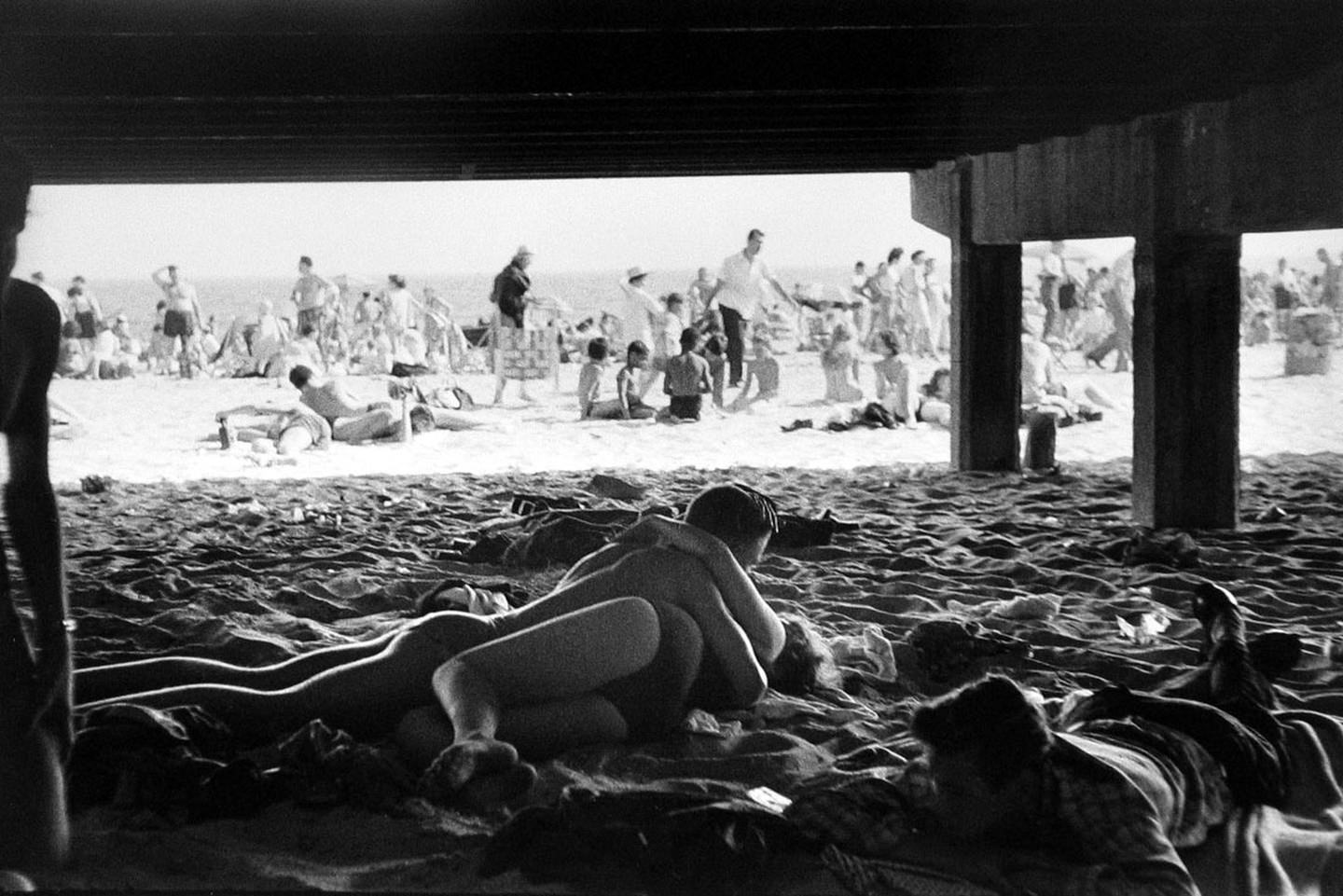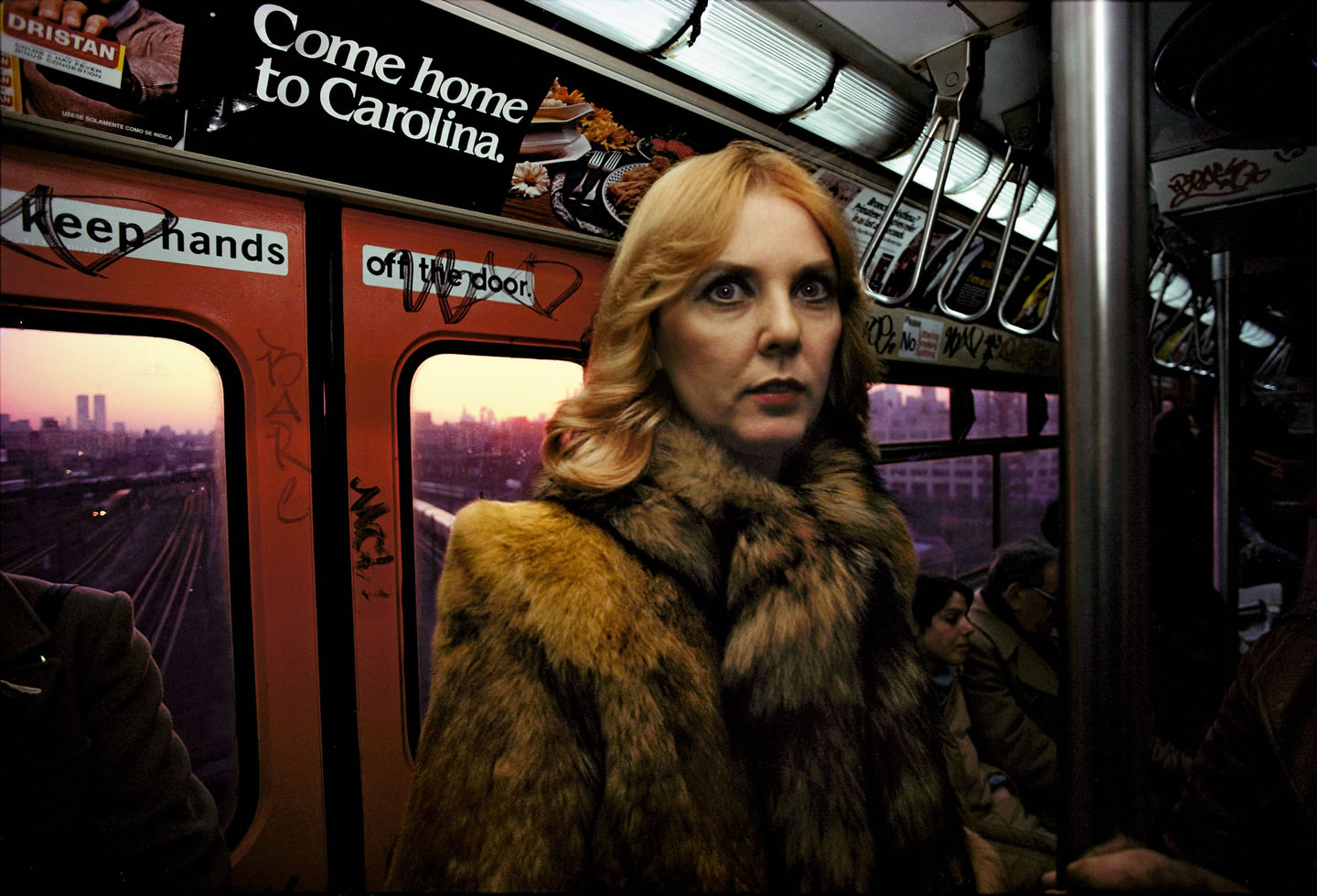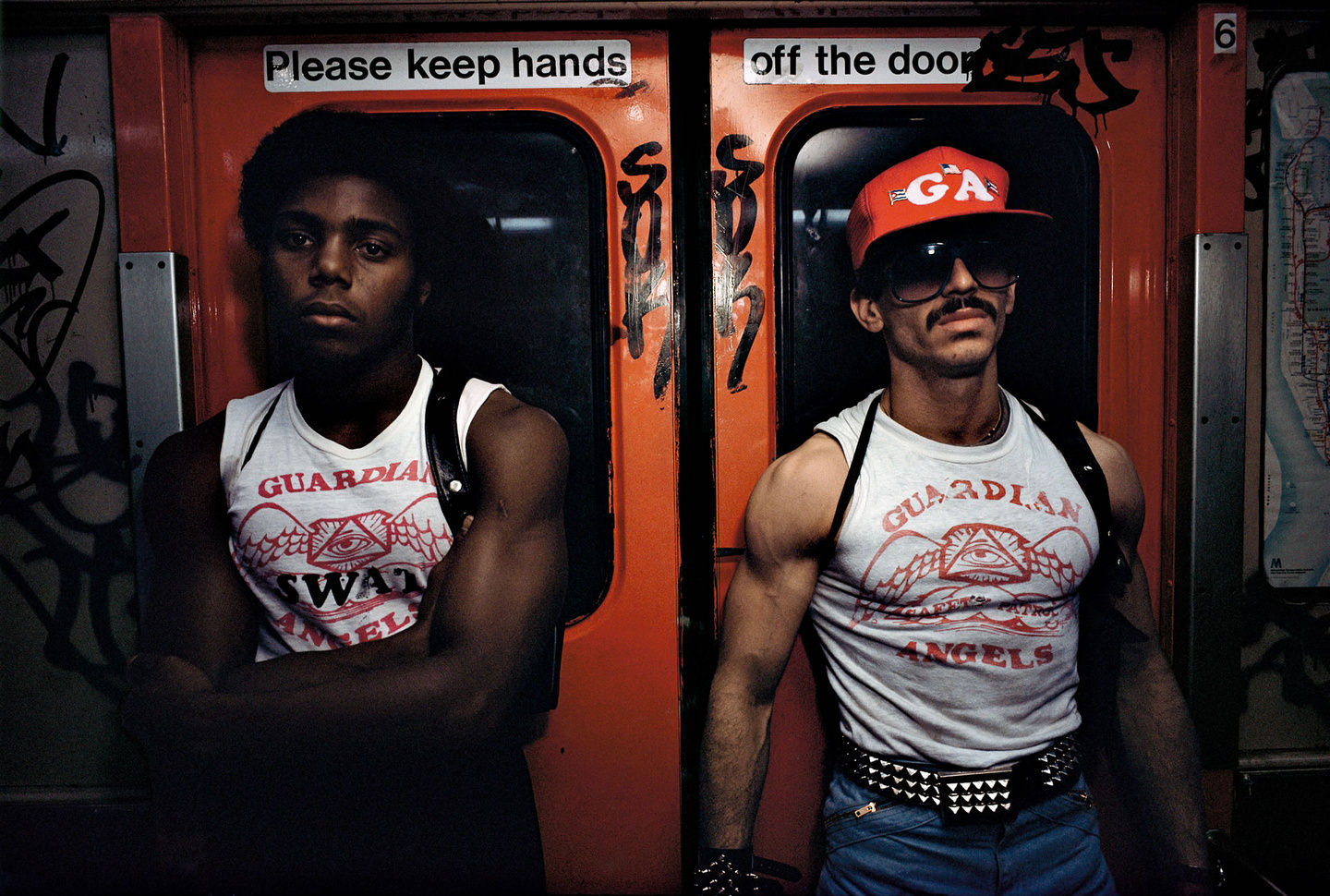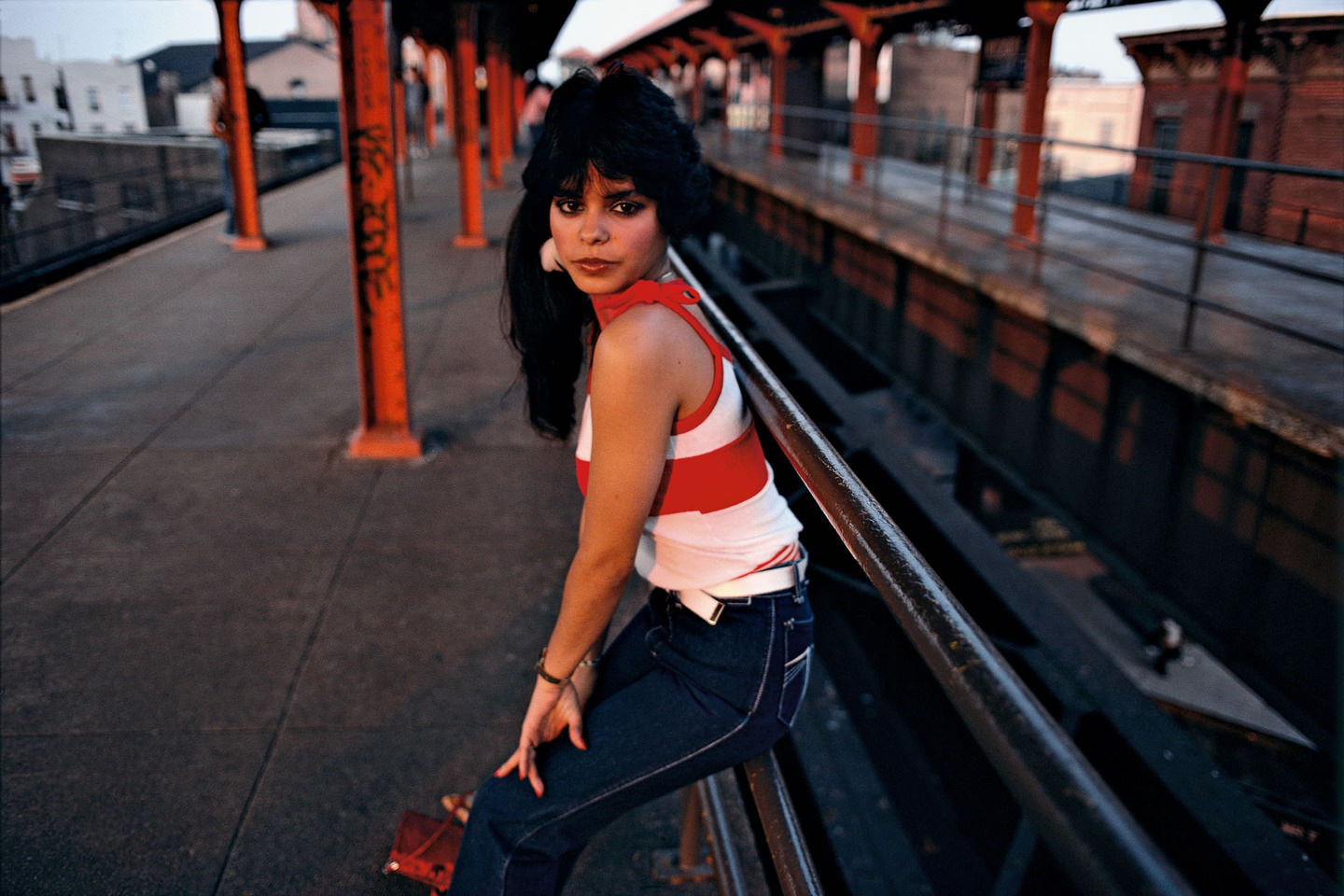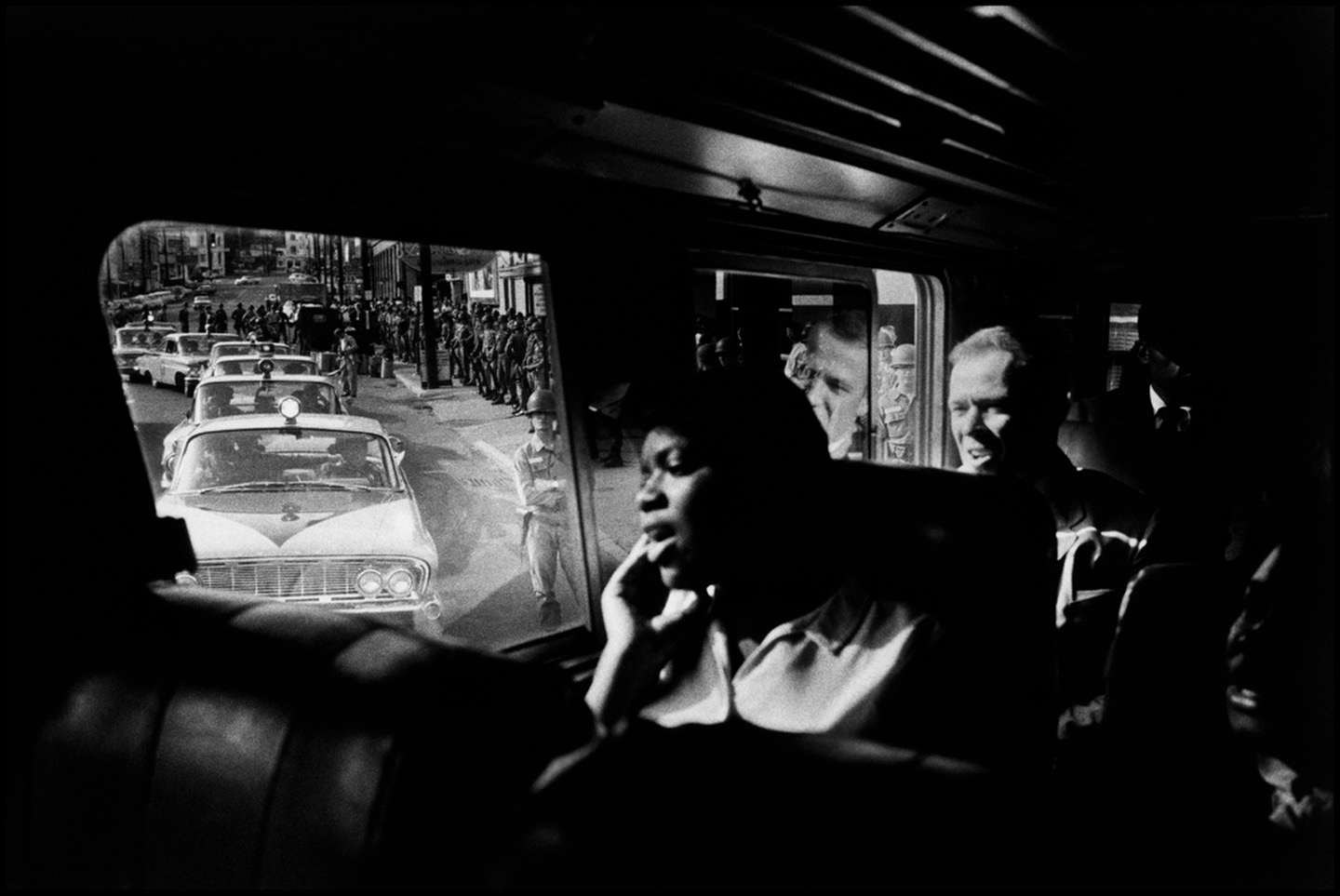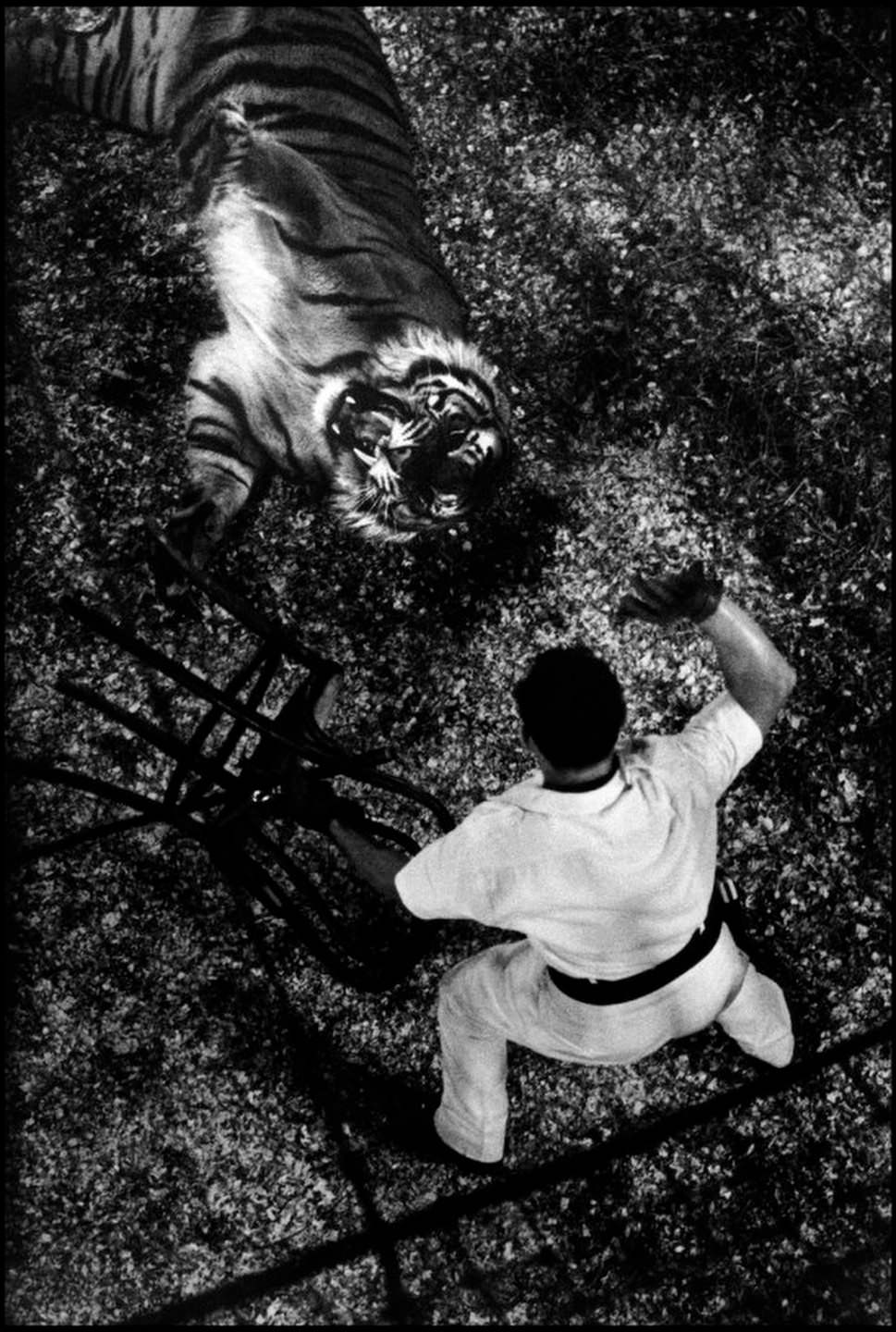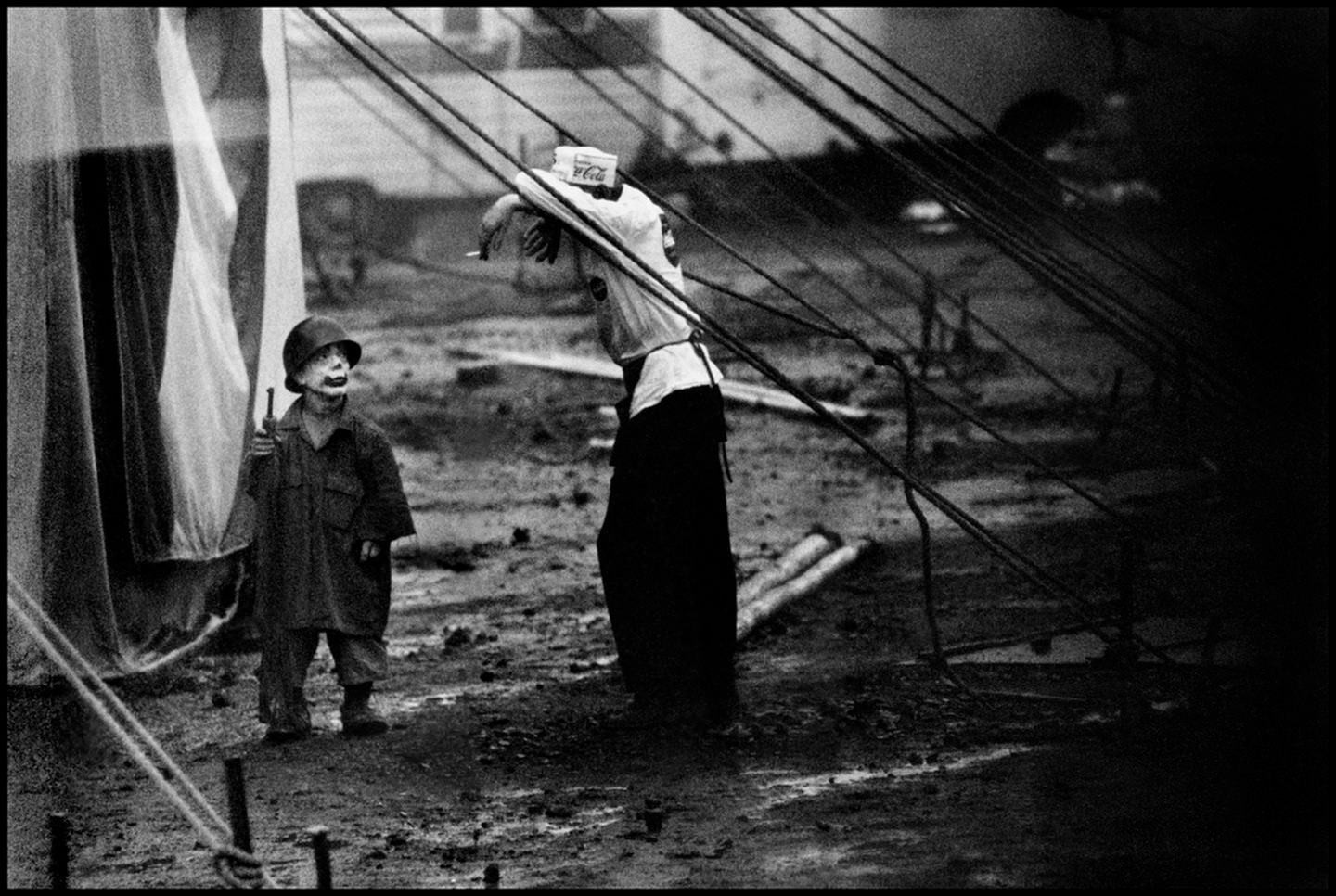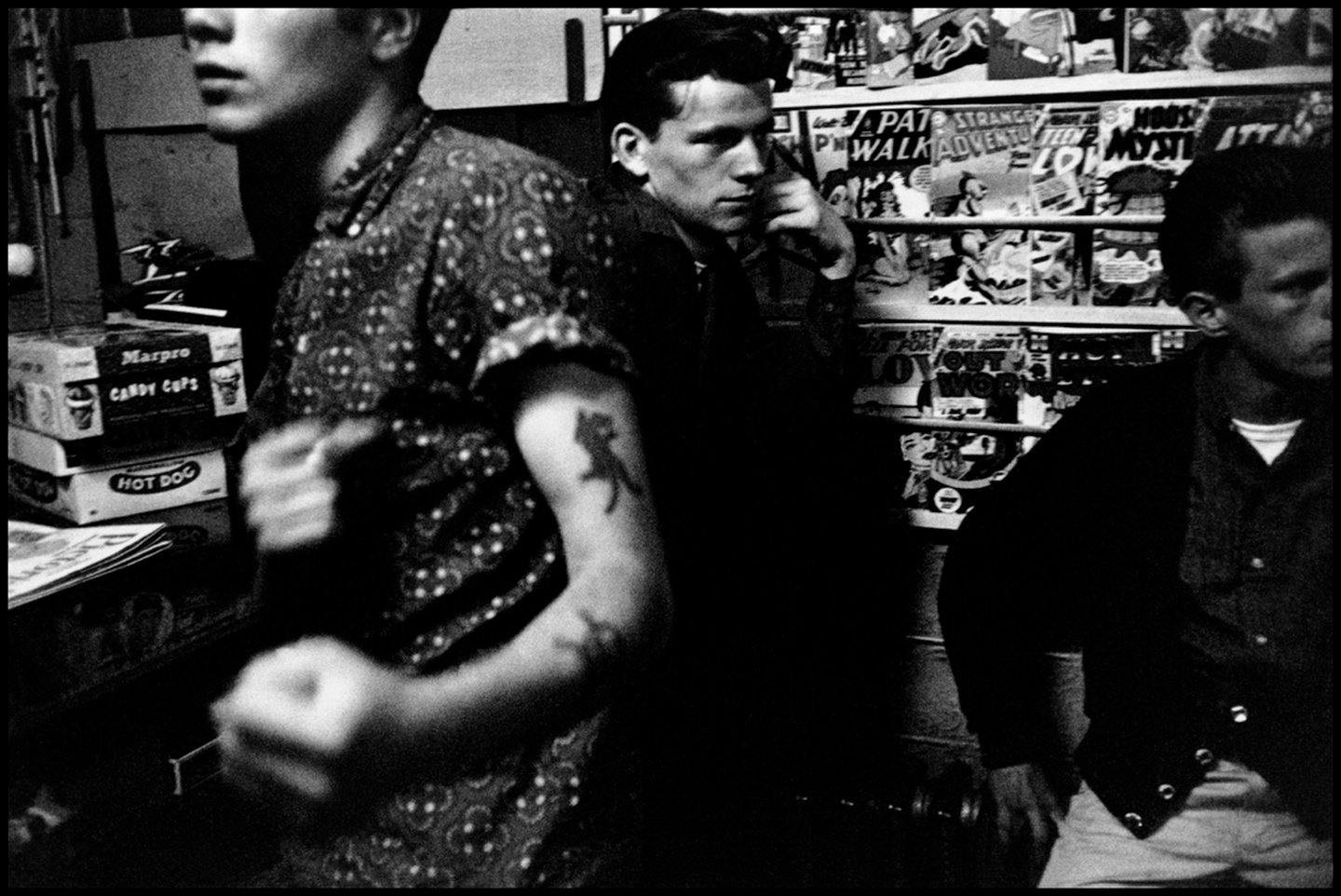Bruce Davidson: A Lifetime with Leica
Renowned photojournalist and Magnum photographer Bruce Davidson has been acclaimed for over half a century for his searing images of street gangs, circus performers and the civil rights struggles of the 1960s, all captured with a remarkable directness, truth, and power that transcends the concept of style. Here is a portrait of Bruce Davidson with his forthcoming, charming, and revealing insights into who he is, what he’s done, and where he’s going.
In 2018 Davidson was being honored for his lifework in the Leica Hall of Fame.
His work captures a remarkable directness, truth, and power that transcends the concept of style. A friend of the legendary Henri Cartier-Bresson and a leading proponent of the classic black and white tradition of reportage, Davidson continues to evolve as an artist, recently embracing landscape photography and publishing a book of the color images he’s created over the years. Since 2018, he’s being inducted into the Leica Hall of Fame – an accolade for an exceptional photographer whose work has changed the world and touched people everywhere. Many series of photographs shot by Bruce Davidson have long since become inscribed in the canon of the most important reportages and documentary records of everyday life in the USA. These include ‘Brooklyn Gang’, ‘East 100th Street’ and ‘Subway’ – and the story of Jimmy Armstrong, the dwarf-clown of the Beatty circus.
To the question about “why you like the Leica so much and why is it a great tool for what you do?” Davidson answers:
“For me, the things that define the Leica mystique are that it’s small, it’s relatively light, quiet and unobtrusive. Modern reflexes look like sneakers; they don’t look like cameras. They look like something else from another world. That’s why I’ve always had Leicas in my life. For example, right now I’m thinking about doing something where I want to walk around. I want to be very invisible and not aggressive in any way. That means quiet and that means Leica…
…most of my bodies of work from the circus photographs in 1958, the Brooklyn gangs and even the civil rights movement, the Leica worked because it’s quiet, mobile and has excellent optics. I remember during the civil rights movement when I wasn’t sponsored, but on a fellowship, something happened to my Leica and I called Marty Forscher, the Leica repairman for all the professional photographers. He talked me through it and I fixed the camera myself on the road — which was pretty amazing.
Leica came into my life when I was a student at the Rochester Institute of Technology (RIT). At that time, in the early 1950s, there were 140 students in the photography department, including two women. Of course, I was smitten by one of them and I was trying to court her. I met her at the women’s dorm in the living room sitting on a couch. She said, “I want to show you something.” She ran up to her room and came down with this huge book of photographs called The Decisive Moment, a collection of images by Cartier-Bresson, and we sat together looking through all of the amazing photographs. I had never seen anything like it. She said to me, “I really love this photographer.” So, I said to myself, “If I could take pictures like this guy maybe she will love me too.” So, I went out and spent all my monthly allowance on a used Leica. I actually tried to imitate the imagery of Cartier-Bresson. Of course, it didn’t work. The young female student ran off with a history professor, and I was left with Cartier-Bresson. That’s what started me off. I began to take street photographs.”

